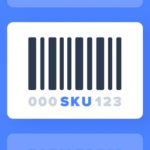Have you ever wondered about those parallel black and white stripes on product packaging? Those are called barcodes, and they serve a very important purpose. Let’s delve into the world of barcodes and explore their applications and various types.
1. What is a Barcode?
A barcode, also known as a universal product code (UPC), is a unique identifier for a product. It consists of a series of parallel black and white bars, with a set of numbers below them. These numbers are used by businesses to differentiate between companies, services, and products.
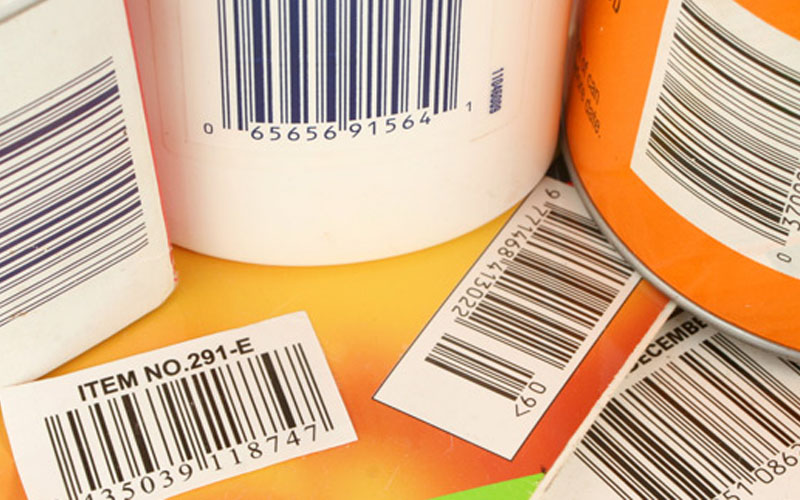 Barcodes, a Universal Language for Products
Barcodes, a Universal Language for Products
Barcodes are read by smart technology devices, such as barcode readers and scanners. When scanned, they reveal valuable information about the product, such as brand name, country of origin, product dimensions, batch number, and quality control information.
2. The Significance of Barcodes in Daily Life
Inventory Management and Stock Control
 Streamlining Inventory Management
Streamlining Inventory Management
In the past, inventory management and stock control were manual, time-consuming tasks. With barcodes, businesses can now use barcode readers connected to inventory management systems to instantly check stock levels and product information, simplifying the process and reducing human error.
Authenticating Products
 Fighting Counterfeits with Barcodes
Fighting Counterfeits with Barcodes
Barcodes play a crucial role in combating counterfeiting. The unique identifier allows consumers to verify the authenticity of a product by scanning it with their smartphones. This helps ensure that consumers receive genuine, high-quality products.
Streamlining Transactions
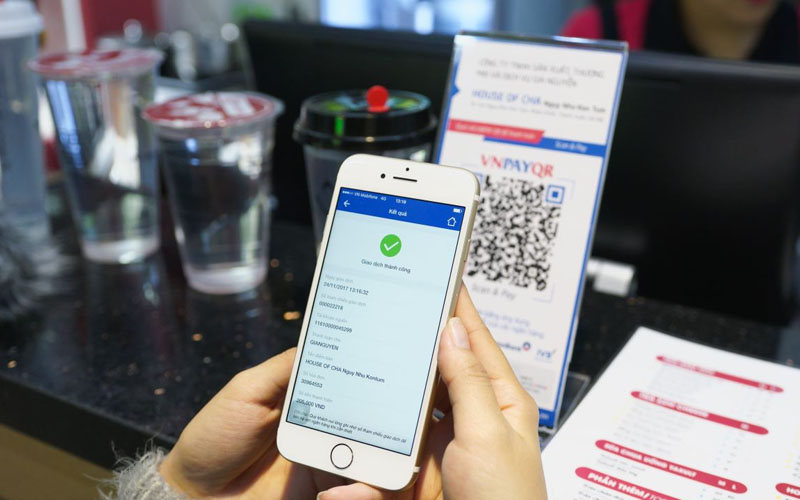 Faster, More Accurate Transactions
Faster, More Accurate Transactions
Many supermarkets and stores have adopted barcode scanners to speed up transactions and reduce errors during checkout. Barcodes also enable businesses and consumers to track the quality and origin of products, ensuring peace of mind.
Additional Applications
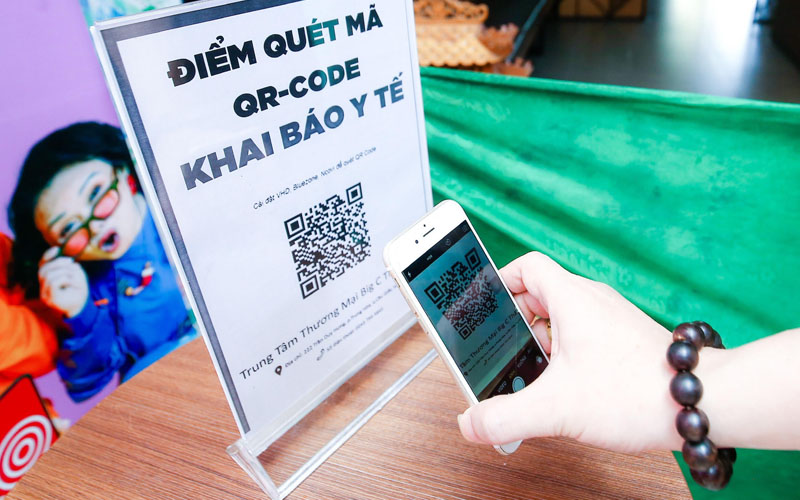 Versatile Barcode Uses
Versatile Barcode Uses
- Healthcare: Medical facilities use barcodes to manage patient information, medical records, and vaccination records, reducing potential errors.
- Courier Services: Delivery companies use barcodes to track packages, ensuring efficient and accurate deliveries.
- Aviation: Airlines use barcodes to manage checked luggage, preventing loss and misrouting.
3. Different Types of Barcodes
1D Barcodes (Linear Barcodes)
1D barcodes, or linear barcodes, are one of the most common types. They can hold 20-25 characters and are typically used in retail, printed on product packaging, boxes, or bags.
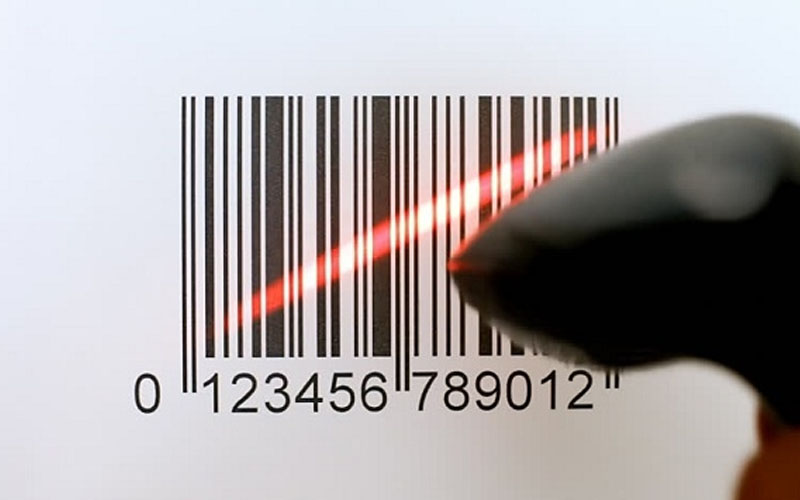 Versatile 1D Barcodes
Versatile 1D Barcodes
There are several subtypes of 1D barcodes, including:
- UPC (Universal Product Code): Commonly used for food, consumer goods, and supermarkets, primarily in the US, Canada, and a few other countries.
- EAN (European Article Number): Widely used globally, including in Vietnam, for retail and FMCG products.
- ITF (Interleaved 2 of 5): Offers high data compression, making it ideal for distribution, warehousing, and transportation applications.
2D Barcodes (Matrix Barcodes)
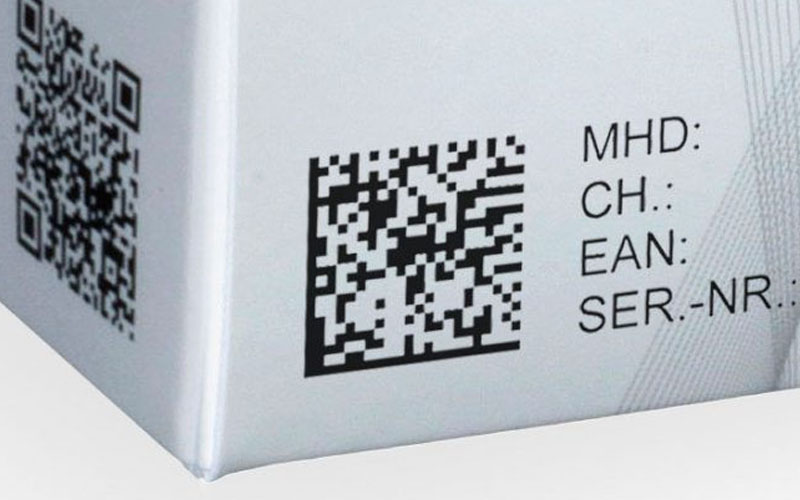 2D Matrix Barcodes
2D Matrix Barcodes
2D matrix barcodes, or QR codes, can store significantly more information than linear barcodes, making them extremely versatile.
Global Trade Item Numbering (GTIN)
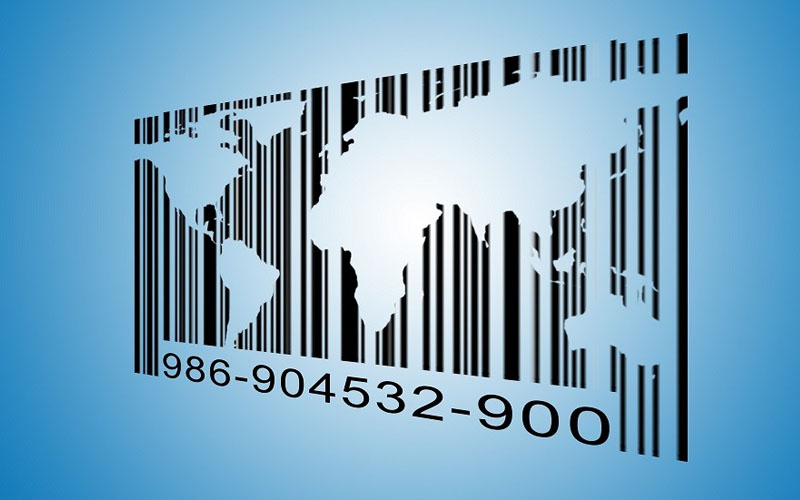 GTIN: A Global Standard
GTIN: A Global Standard
GTIN is a global standard developed by GS1 for identifying trade items. It enables seamless product searches across different databases and organizations, ensuring consistent product information worldwide.
Now you know more about barcodes and their applications. We hope this information has been enlightening and will help you better understand the world of product identification and tracking!

























